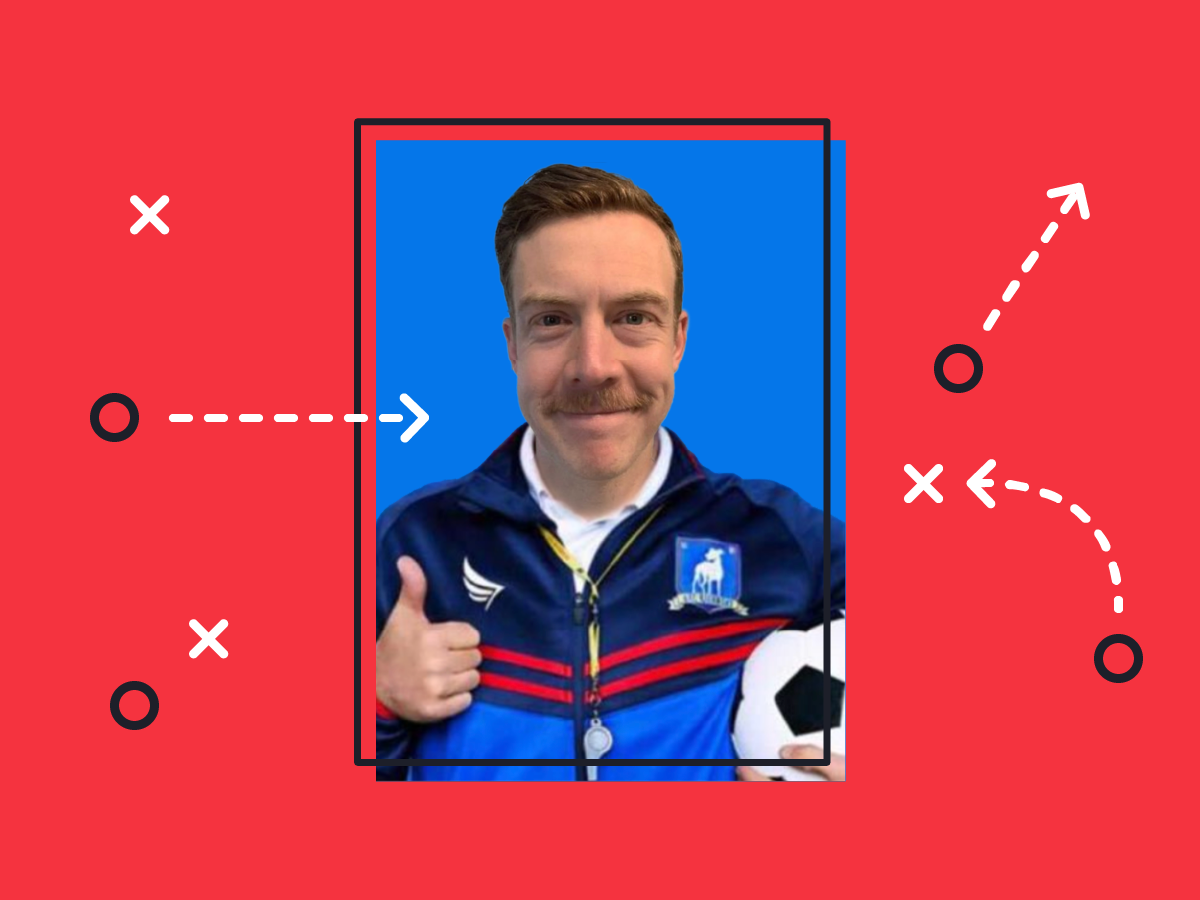Football fans, rejoice -- the Fantasy Football season is kicking off, and chances are, many of your sales team members have been waiting for it all year. Around this time every year, we see a lot of smart sales leaders take advantage of the excitement surrounding Fantasy Football and harness that energy to run Fantasy-style contests for their sales teams.
Sales leadership is responsible for tracking the right metrics that drive the right behaviors throughout these contests -- but it’s not always clear what those metrics are. Our post from a few weeks ago details three KPIs to track -- and that’s a good place to start -- but today, we want to talk about combined metrics.

A single metric can be misleading when it comes to driving outcomes for reps.
Think of your sales team as a sports organization. In football, we talk about the Total QBR, which takes into account multiple performance metrics to come up with one number. In baseball, Sabermetrics are a collection of statistics that measure in-game activity, representing an overall score for each player’s performance. And in basketball, the player efficiency rating, or PER, is a combination of various performance metrics rolled into one.
The idea here is that too much focus on some metrics and not on others can lead to bias in analysis -- and that a holistic score better represents true talent and performance in the field. An example of a solid, multi-metric score to run a Fantasy-style sales contest against could be made out of:
1. Dials made
2. Percentage of dials that lead to meetings set
3. Percentage of meetings that lead to opportunities
One of our favorite examples of a sales team running Fantasy Football style contests is Clayton Homes (you can read the whole story in this Harvard Business Review article or check out this recent blog post). Whereas many companies are focused on the buzzword “gamification,” the Clayton Homes team, led by Inside Sales Director David Schwall, was looking for results driven by teamification. Clayton used a combined score, based on three key metrics: Calls made to qualified leads, percentage of appointments set, and transferred calls (which consistently resulted in higher sales).
And while they drove impressive numbers, there was something much bigger at play. Great sales coaches know the right ways to motivate their teams for continuous, positive behavior change -- not just one-off spikes. As one sales team member from Clayton Homes said, “It wasn’t just about carrot-and-stick motivation (like traditional leaderboards), but rather about prolonged discipline.”
Ambition’s Fantasy Football-style sales competition engine powers sales teams to drive results and peer-to-peer accountability, whether you choose single or combined metrics.
 Back
Back



